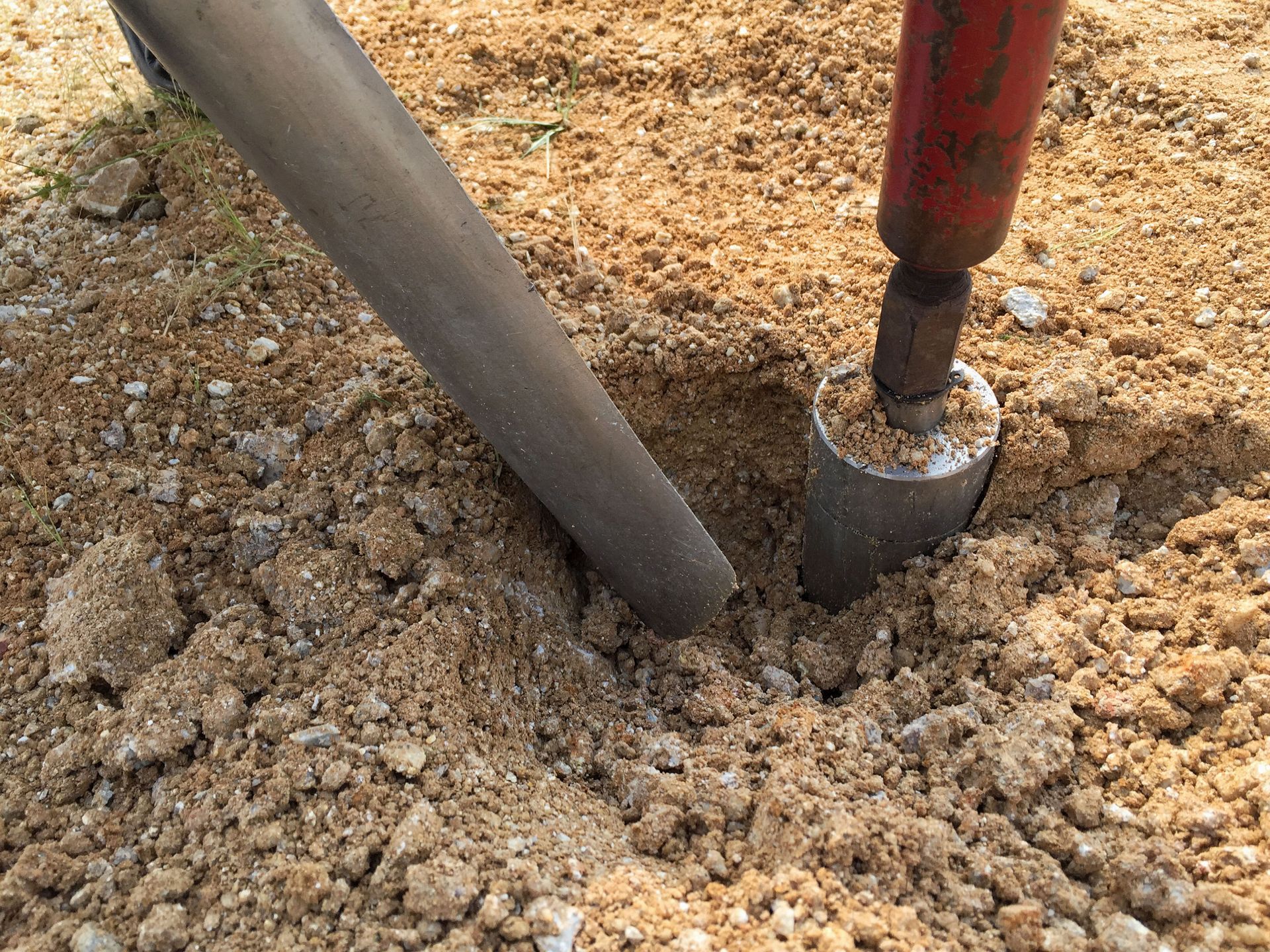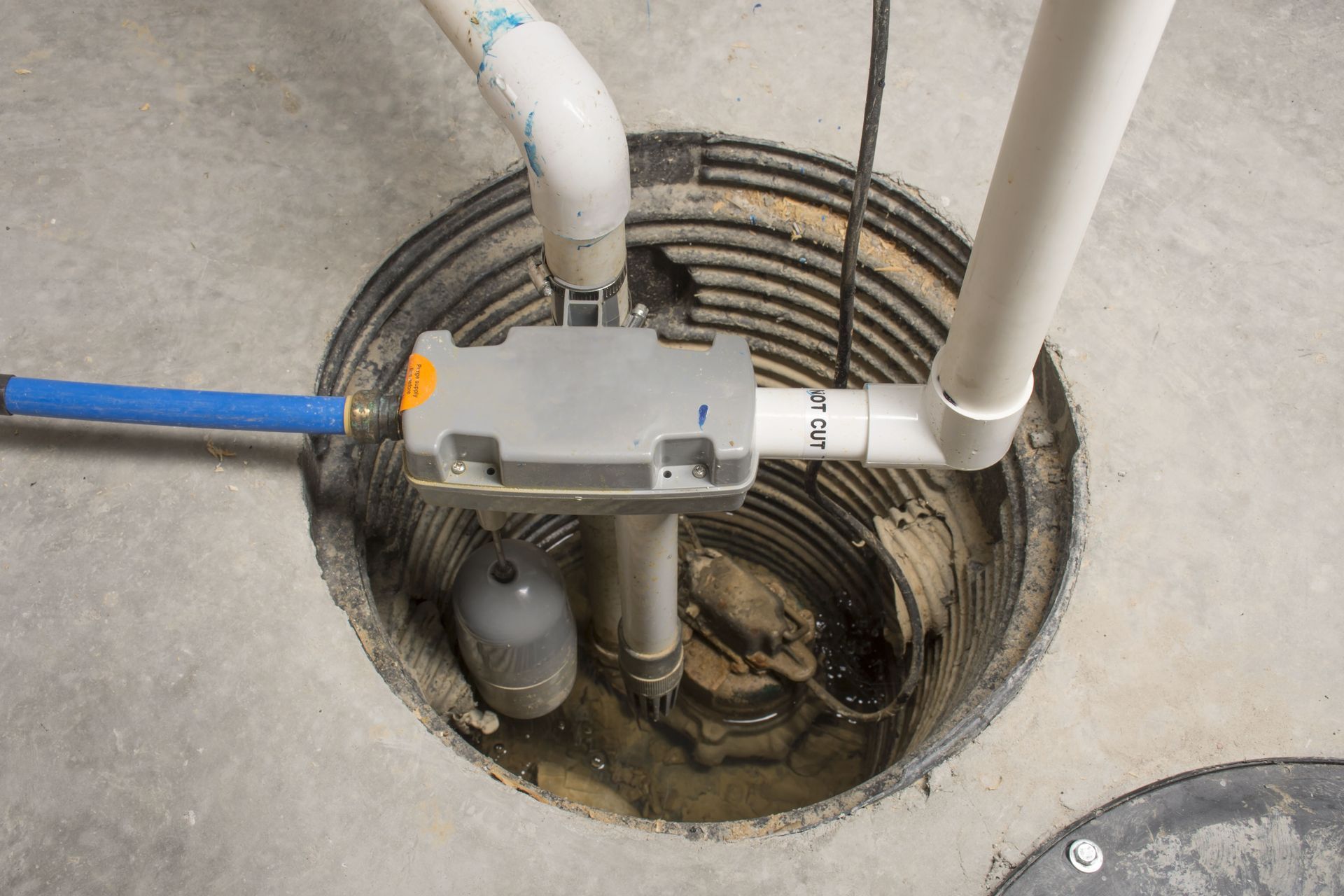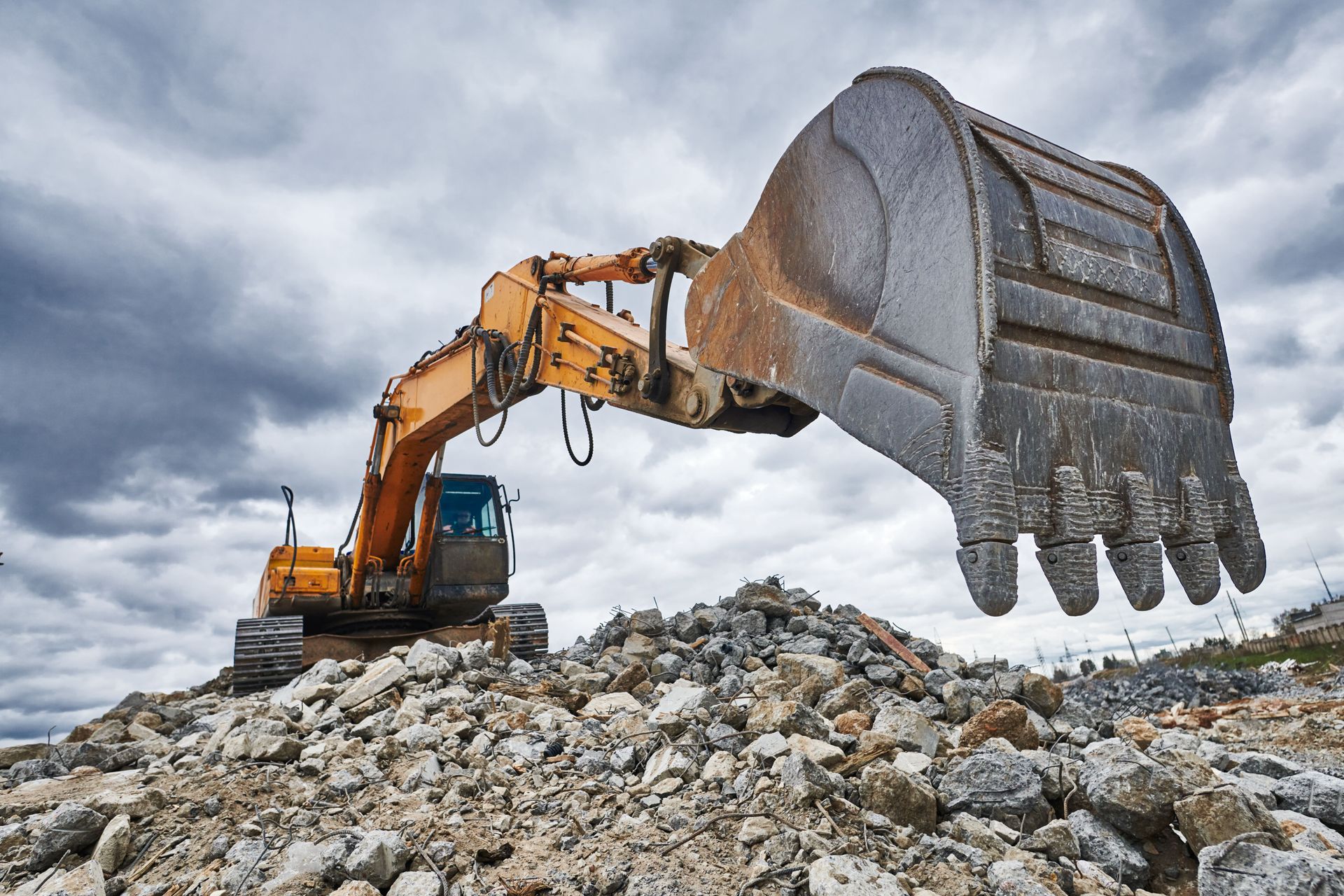Why Soil Testing Matters Before Septic Installation
By Stephen Kempenar | November 10, 2025
Installing a septic system involves more than simply digging a hole and setting a tank. Local septic installation requires careful consideration of environmental factors, soil characteristics, and long-term system performance. Soil testing plays a pivotal role in determining how well a system will operate, preventing failures, and protecting both public health and property investment. Proper soil assessment informs design, ensuring wastewater is efficiently treated and absorbed. Understanding soil properties early helps streamline the installation process and minimizes the risk of costly modifications later. Additionally, comprehensive soil evaluation provides a clear picture of potential challenges, such as seasonal water table fluctuations or areas prone to erosion, which can affect system efficiency.
Examine Soil Composition for Community Septic Installation
Soil composition forms the foundation of a successful local septic installation. Understanding the balance of sand, silt, clay, and organic material is essential, as each affects drainage, filtration, and bacterial activity in the septic system. Sandy soils allow rapid drainage but may not filter effectively, while clay soils retain water, potentially causing oversaturation. Soil testing evaluates these properties to ensure system design matches the site’s natural capabilities. Properly analyzed soil composition prevents costly modifications and promotes reliable operation over decades. Identifying areas with potential soil erosion, poor nutrient content, or heavy compaction allows for targeted preparation measures, such as grading, soil amendment, or reinforcement of drain fields, further ensuring long-term functionality and stability.
Conduct Soil Testing With Various Methods
Multiple soil tests are used in preparation for local septic installation. Percolation tests measure how quickly water drains through saturated soil, indicating absorption capacity. Soil structure analysis assesses particle arrangement and porosity, while nutrient evaluations determine potential impacts on microbial activity. These tests help identify ideal tank placement, drain field layout, and necessary system adjustments. Professionals may also assess moisture retention patterns across seasons, providing insight into potential changes in soil behavior that could impact system performance. Incorporating these diverse methods ensures that nearby septic installation is tailored to both current and future environmental conditions, reducing maintenance needs and enhancing long-term reliability.
Apply Science for Accurate Soil Analysis
Scientific soil analysis combines fieldwork and laboratory testing to assess physical, chemical, and biological properties. Professionals collect representative samples across the site and perform lab tests to measure porosity, permeability, pH, and contamination levels. Understanding the microbiome and soil chemistry informs wastewater breakdown and treatment capacity. Insights from lab results allow predictive modeling of system performance, helping stakeholders anticipate maintenance needs and avoid surprises that could compromise efficiency. Scientific precision ensures local septic installation is effective, environmentally responsible, and resilient to soil variability, providing homeowners with confidence in system longevity.
Utilize Advanced Tools and Techniques
Soil analysis for nearby septic installation integrates traditional methods, like probes and augers, with advanced technologies, such as remote sensing and GPS mapping. Hydrometers measure soil moisture, penetrometers test compaction, and geospatial tools provide site-wide assessments. Combining these techniques produces detailed insights into soil performance, guiding placement, sizing, and system type. These advanced tools allow professionals to detect subtle variations in soil composition and identify potential problem areas before installation begins. The integration of technology and expertise ensures that systems are designed efficiently, installed accurately, and maintained effectively, providing long-term operational stability.
Clarify Common Soil Testing Terminology
Familiarity with soil terminology improves communication and decision-making during septic installation. Permeability refers to water transmission, while porosity measures void space. Terms like compaction, pH level, and soil texture — loamy, sandy, or clayey — directly influence system strategies. Accurate interpretation helps anticipate maintenance challenges, such as clogging or uneven absorption. Understanding testing terminology allows homeowners and contractors to make informed decisions, aligning system design with environmental realities and ensuring both compliance and operational success.
Evaluate Environmental Impacts
Soil testing protects surrounding ecosystems by confirming that wastewater will be safely absorbed and treated. Properly installed septic systems reduce contamination risk in groundwater, streams, and lakes. Assessing soil characteristics prevents runoff, nutrient overload, and environmental damage. Well-planned installations also minimize disruption to native vegetation and wildlife habitats, aligning the project with broader environmental stewardship goals. Effective planning supports septic installation that balances human needs with ecological protection, contributing to cleaner water sources and healthier surrounding landscapes.
Comply With Legal and Regulatory Standards
Regulations often mandate soil testing before local septic installation to protect public health and environmental quality. Tests provide necessary documentation for permitting, helping ensure compliance with local codes. Keeping thorough records of soil tests facilitates future inspections or system expansions, ensuring ongoing compliance and operational transparency. Meeting these requirements not only prevents legal challenges but also reinforces confidence in system integrity, offering both homeowners and communities reassurance about safety and environmental protection.
Determine Percolation Rates
Measuring percolation rates is critical for designing a system that can handle household wastewater. Slow percolation may require alternative designs, while fast drainage demands careful monitoring to prevent groundwater contamination. Accurate percolation tests inform drain field size, tank placement, and material choices. According to This Old House, a septic tank usually lasts between 15 and 40 years, depending on materials, maintenance, and soil conditions, making these early evaluations vital. Well-documented percolation rates also guide future maintenance planning, helping prevent premature system failures and ensuring long-term performance.
Prevent System Failures
Accurate soil testing reduces the risk of system malfunctions, including leaks, surface pooling, and clogging. By aligning system design with soil performance, testing ensures that local septic installation is resilient and reliable. Preemptive solutions guided by testing may include soil amendments, grading modifications, or specialized drain field configurations tailored to site conditions, extending system life and reducing repair costs. Detailed soil evaluations help anticipate seasonal or environmental changes, mitigating potential failures before they occur.
Protect Public Health
A well-designed septic system safeguards communities by effectively treating wastewater. Soil testing verifies that effluent will be filtered and absorbed safely, preventing harmful pathogens from reaching groundwater or surface water. Proper installation protects homeowners, neighbors, local wildlife, and municipal resources. Scientific assessments enhance safety and support long-term health objectives within residential and commercial developments. Public trust and confidence in nearby septic installation are strengthened through these preventative measures, emphasizing the societal value of thorough soil evaluation.
Integrate Soil Characteristics Into System Design
Soil texture and structure directly influence septic system design. Sandy soils drain quickly but may lack filtration capacity, while clay soils retain water, increasing saturation risks. Testing ensures system components complement site-specific soil texture, optimizing performance and longevity. Compacted or poorly aggregated soils can impede septic system functionality, and evaluation allows modifications such as aeration, drain field design adjustments, or soil amendments to maintain consistent treatment and absorption. Integrating these findings into the design phase creates a system that works harmoniously with the natural environment.
Choose Professional Support for Accessible Septic Installation
Engaging experienced teams for nearby septic installation guarantees thorough soil testing, precise system design, and compliance with environmental and regulatory standards. Site preparation, drainage, utility installation, and grading are coordinated to provide a seamless installation process. According to BTSK Excavating LLC’s offerings, services like septic systems, driveways, grading, and utility lines are executed with expertise and efficiency, ensuring long-term system performance. Professional guidance also reduces the risk of costly errors and ensures that the system aligns with both local regulations and site-specific soil characteristics.
Local septic installation requires careful soil testing, scientific analysis, and expert planning to ensure long-term functionality and public safety. By incorporating detailed assessments of composition, structure, and percolation rates, homeowners and contractors can avoid failures, protect the environment, and achieve sustainable operation. At BTSK Excavating LLC, we provide comprehensive site preparation and septic installation services, guiding clients through every step of the process. Our team ensures your local septic installation is completed efficiently, responsibly, and with long-term reliability, delivering peace of mind, environmental protection, and operational durability.





Share On: